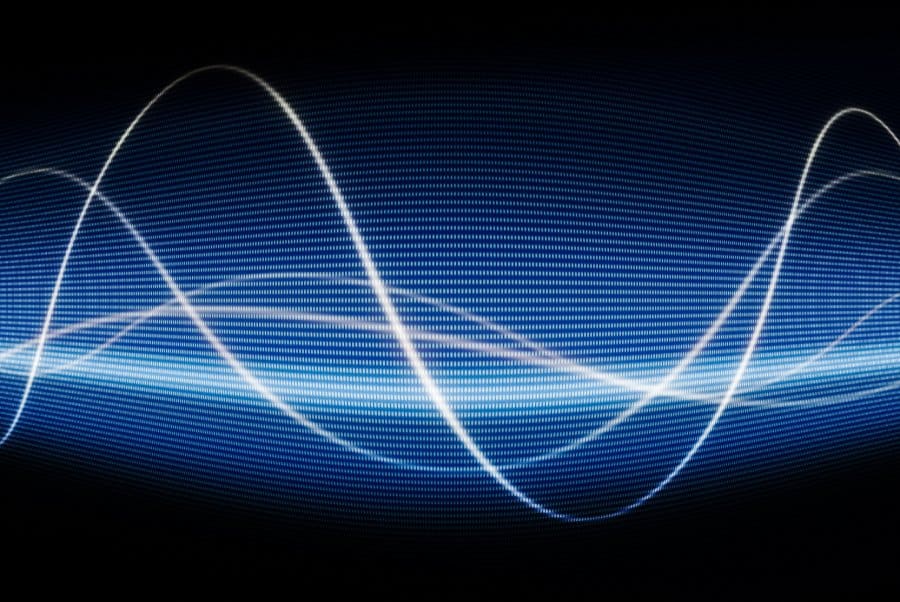Ways To Measure Industrial Equipment Sound Levels
A decibel (dB) is a unit of measurement measuring the intensity or loudness of sound. The unit of measurement was developed as a result of efforts to measure signal loss in telegraph and telephone lines. Bell Telephone Laboratories created the new unit of measurement in 1928, naming it the “bel” in recognition of communications innovator Alexander Graham Bell. Today, the unit is known as the decibel, a logarithmic expression of sound intensity.
Read on to learn why sound measurement is important and how to measure sound in industrial settings.
Importance of Sound Measurement
The decibel scale is logarithmic to better represent how our ears perceive changes in sound intensity. While dB represents unweighted sound pressure levels, dBA is A-weighted to better approximate human perception of the sound.
For high-frequency sounds, measurements for dBA are as high as those for dB. For example, the dB and dBA levels of a violin’s high-pitched E string are very similar. Lower-frequency sounds, however, will have a lower output level because they are processed by the ear less efficiently. So the lowest note on a tuba (16 Hz) will have a lower dBA reading than its dB level.
Even minor dBA increases can have a significant influence on hearing health. Human hearing is more likely to be harmed as dBA increases, and it can happen faster at higher volumes. The following conditions increase the risk of hearing damage:
- Exposure to 85 dBA for over 8 hours
- Exposure to 100 dBA for over 14 minutes
- Exposure to 110 dBA for over 2 minutes
A sound level meter can measure sounds in decibels, but it must be calibrated regularly to ensure consistently accurate readings. To ensure personnel safety, all readings taken by a sound level meter must be accurate and reliable.
Best Way to Measure Industrial Sound
Sound level meters are composed of four main parts: a microphone, an input amplifier, an output amplifier, and a readout device. The microphone turns fluctuating, sound-induced air pressure to a fluctuating electrical charge. The input amplifier then converts that electrical charge into a voltage, which the electrical circuitry processes to produce a sound pressure level (SPL). The output amplifier then converts the weak sound signal to a level suitable for display on the readout screen. Finally, the readout panel shows the typical sound pressure levels for the surroundings under consideration.
The meters can focus on particular frequencies within a larger soundscape using filters, which hone in on specific sound wave pressure bands. There are several types of sound level meters on the market with varying levels of versatility and precision. To measure industrial sound, you will need a more accurate meter.
Industrial Sound Solutions From Technicon Acoustics
Technicon Acoustics is North America’s leading acoustic and thermal solutions provider for OEMs. Our 85,000-square-foot facility is dedicated to producing advanced materials for your industrial applications. Contact us or request a quote today for more information on our products and capabilities.
